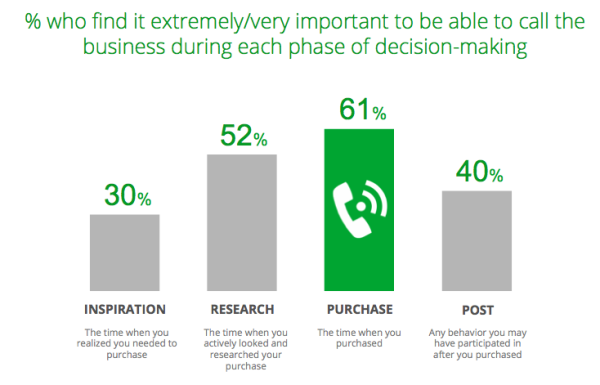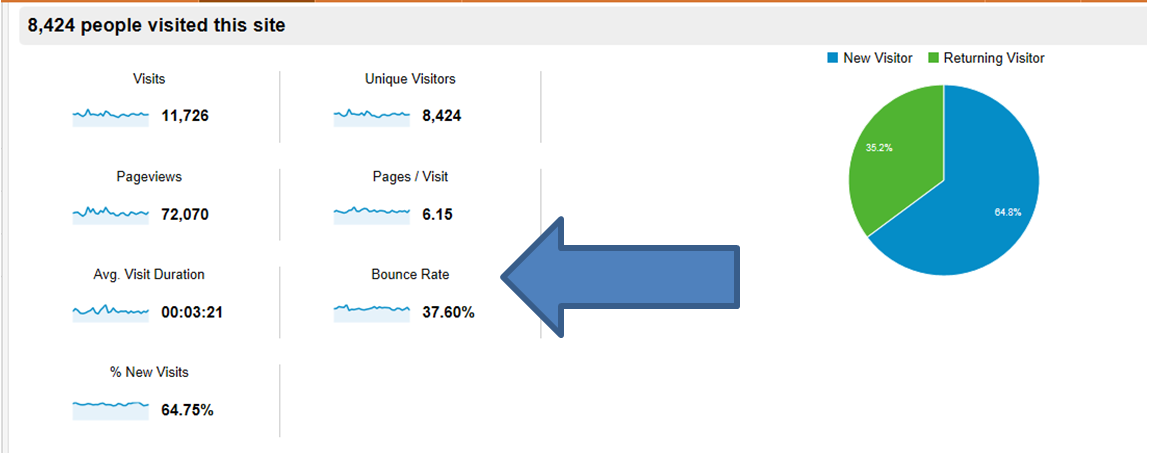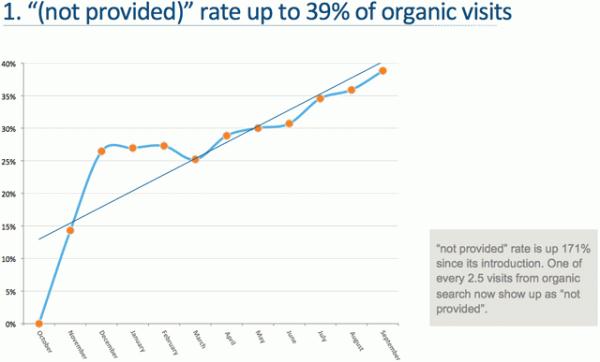SEO Strategies for Small Businesses in 2025
In today’s digital economy, having a strong online presence is no longer optional—it’s essential. For small businesses, the SEO landscape in 2025 is shifting rapidly, especially with the rise of AI-generated search summaries, personalized ranking algorithms, and voice-based queries. The good news? With the right strategies, small business owners can stay competitive and even outrank larger competitors.
At Zenergy Works, we specialize in helping small businesses get found, get clicks, and grow. Here’s how we recommend you approach SEO in 2025.
Understand the New SEO Landscape
Search engines are evolving. Google and others are increasingly using AI summaries to answer queries directly on the results page, reducing the number of traditional organic clicks. That means your website needs to be more than just optimized—it needs to be indispensable.
To adapt, small businesses must:
- Target long-tail keywords that AI summaries may miss
- Create authoritative, original content that establishes trust
- Prioritize structured data to help search engines interpret your pages correctly
This is where working with a dedicated SEO firm becomes crucial. We tailor strategies that reflect not only current algorithms but also anticipate how search is changing.
Optimize for AI Search: It’s Already Here
AI-powered search tools like Google’s Search Generative Experience (SGE) are changing the game. These platforms summarize key answers at the top of the page—and only reference a few sources.
Here’s how to increase your chances of being featured:
- Use concise, accurate answers in your content
- Incorporate FAQ sections on every service and landing page
- Optimize for voice search by using natural, conversational language
An experienced SEO company will ensure your site architecture and content meet the demands of this AI-first world.
Local SEO Still Reigns for Small Businesses
One of the most valuable SEO strategies for small businesses is still local optimization. In 2025, that means more than just claiming your Google Business Profile.
Effective local SEO includes:
- Earning consistent reviews from real customers
- Using location-specific schema markup
- Creating hyperlocal content (like blog posts about community events or neighborhood trends)
If you’re not actively investing in local SEO strategy, you’re leaving leads—and revenue—on the table.
Build Authority with E-E-A-T
Google continues to favor sites that demonstrate Experience, Expertise, Authoritativeness, and Trustworthiness (E-E-A-T). This applies to small businesses just as much as major brands.
To build authority:
- Showcase team credentials and certifications
- Regularly publish expert content, including case studies and testimonials
- Secure backlinks from trusted industry sources
Our SEO strategy for AI search also includes techniques to ensure your expertise is recognized by both algorithms and potential customers.
Speed, UX, and Mobile Optimization Matter More Than Ever
Your website’s performance directly impacts your search rankings. In 2025, Google penalizes slow, unresponsive websites—even more so on mobile devices.
Key areas to address include:
- Fast page load speeds (under 2.5 seconds)
- Mobile-friendly layouts
- Clear calls to action (CTAs)
Small businesses don’t need the flashiest websites, but they do need the most functional ones. We can help you fine-tune every aspect for performance.
SEO Is Not One Size Fits All—Get the Right Partner
The biggest mistake small businesses make is trying to manage SEO in-house with limited time or relying on generic tools. SEO is dynamic, and with the rise of AI, the rules are changing fast.
At Zenergy Works, we focus on:
- Transparent SEO strategies
- Customized plans tailored to your business goals
- Deep knowledge of how to optimize for AI-driven results
You don’t have to do this alone.
Final Thoughts: Small Business, Big Opportunities
SEO for small business in 2025 is all about visibility, adaptability, and strategy. If you want to thrive in the age of AI, now is the time to update your SEO approach. Don’t just get found—get chosen.
Need help?
Get a free quote on SEO, Website Optimization for AI search, or Paid Ads Management. Let’s position your small business for long-term digital success.









